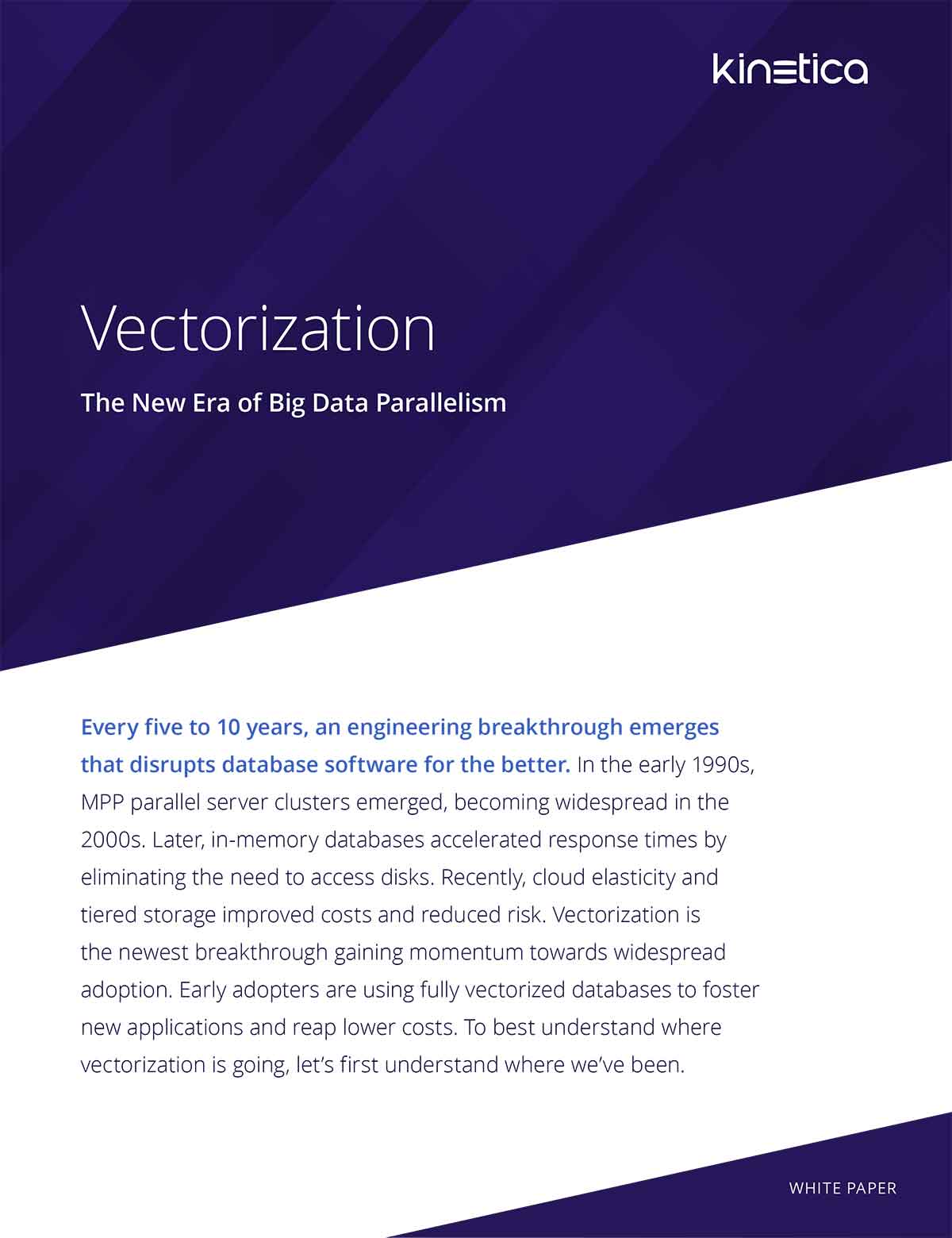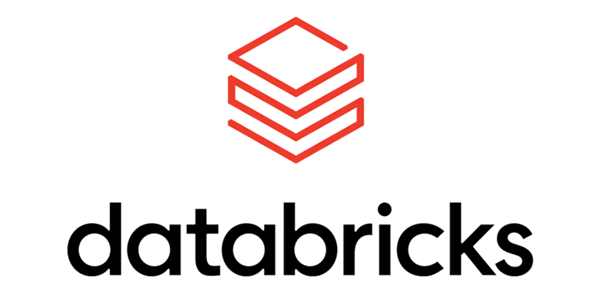GPU DatabaseModern technology for real-time analytics at scale
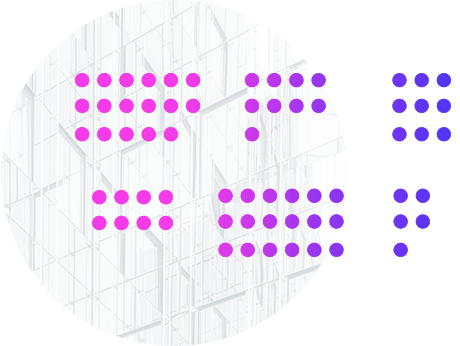
What is a GPU Database?
Most databases have evolved with the CPU
The CPU has been the core of the computer for decades. Database systems have evolved alongside using sequential processing to perform calculations.
Take this example of an array of numbers. To add five to each number and place them into a new array, a CPU will rapidly work through the list.
But this sequential process has its limits.
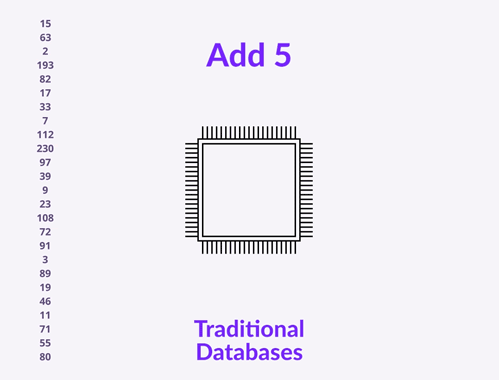
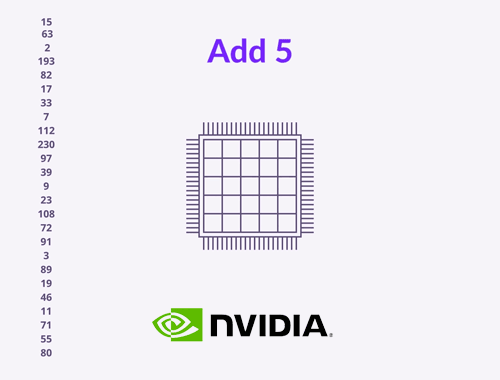
What if you could do 1000 instructions at a time?
GPUs have thousands of cores and are most well known for speed up drawing of graphics on a screen. Instead of rendering a pixel at a time, a GPU could render a whole screen in one go.
GPUs are also ideal for parallel processing and handling large datasets. They are exceptionally efficient in handling data-intensive tasks including queries across large columnar datasets. Recent hardware breakthroughs by NVIDIA, including faster PCI buses and more VRAM, have improved overall system performance and responsiveness.
How does Kinetica harness GPUs?
Kinetica was designed from the ground up to leverage the vectorization capabilities of GPUs. Analytical functions in Kinetica have all been written from scratch to take advantage of vectorization.
Vectorization unleashes significant performance improvements – particularly on spatial and temporal queries at scale. Aggregations, predicate joins, windowing functions, graph solvers all operate far more efficiently.
No Pipelines
Lower your Data Engineering Costs
Less Optimizing
Kinetica simplifies and reduces the time and effort required to ingest and process data. By eliminating the need for denormalizations and summaries, organizations can get to working with their data much more quickly.
Query Raw Data Fast
Kinetica makes it easy to use data in its raw form, providing greater flexibility and agility on query. This makes it easier to adapt to changing business requirements and data sources without having to modify data pipelines or pre-processing routines.
Eliminate Inconsistencies
Working with data in its raw form leads to improved data coherence — fewer data discrepancies and downstream dependencies arise from pre-processing and data transformation.
GPU Database Architecture Gives You Freedom
Simpler Data Structures
Brute force vectorized compute means there is less need to think through schemas before data can be explored.
Low Latency
Simpler data structures means less to index. Combined with Kinetica's lockless, distributed architecture, data is available for query immediately after it lands.
Linear Scale Out
With less to index, the database scales in proportion to the size of the data. This leads to a smaller and more predictable scale-out footprin.t
Less Engineering
Spend less time engineering schemas, and more time using your data. Business analysts have more flexibility and freedom for ad-hoc data discovery projects.
Better Performance with Less Infrastructure.
With vectorized algorithms and reduced need for supporting data structures, Kinetica enables you to do more with fewer resources and less work than comparable systems.
Large US Bank
Top US Retailer
Large Pharma
Everything you'd expect in an enterprise database
Write Queries in SQL
Flexible Cloud Deployment Options

Postgres Compatible
Cell-Level Security
Ingest/Egress Universal Formats
Loading Data »
High Availabilty
Horizontal Scale Out
REST & Native API's
Tiered Storage
Vectorization: The New Era of Big Data Parallelism
Every five to 10 years, an engineering breakthrough emerges that disrupts database software for the better. Vectorization is the newest breakthrough gaining momentum towards widespread adoption. Early adopters are using fully vectorized databases to foster new applications and reap lower costs.
Learn more about vectorization in this white paper.
Download the White Paper